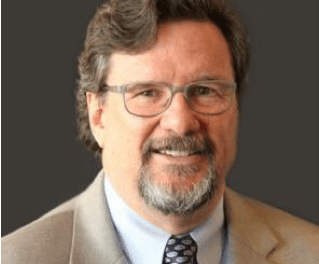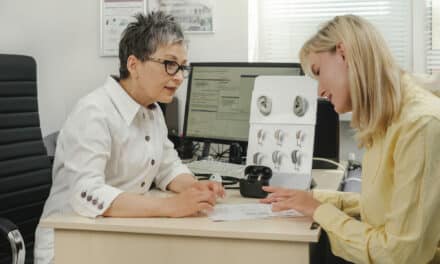Summary: Cilcare, a biotechnology company specializing in auditory sciences, announced that its SAIPHIE project has been selected for the “i-Démo” call for projects under the France 2030 plan, aiming to leverage their expertise to address synaptopathy, an early sign of age-related hearing loss.
Key Takeaways:
- Through the ‘i-Démo’ call for projects under the France 2030 plan, operated by Bpifrance on behalf of the French government, Cilcare is the first biotech to launch a diagnostic aid for synaptopathy and to clinically validate the efficacy of CIL001, a drug for the treatment of this condition affecting 15% of the population.
- Cilcare is one of 600 French companies to have been selected, and has received €4.2 million in funding, 40% of which in the form of grants, as well as the Bpifrance Excellence label.
- Cilcare is working to improve the diagnosis and treatment of synaptopathy through advanced auditory science and artificial intelligence.
Cilcare, a biotechnology company specializing in auditory sciences and the development of new therapies for hearing disorders and associated diseases, announced that its SAIPHIE project has been selected as part of the “i-Démo” call for projects under the France 2030 plan, operated by Bpifrance on behalf of the French government. This project leverages Cilcare’s expertise to use auditory sciences in the definition, detection, and early treatment of synaptopathy.
Impact of Synaptopathy
Synaptopathy, an early sign of age-related hearing loss, manifests as difficulty hearing in noisy environments. Currently, no medication on the market can treat this condition. It represents a major global medical challenge, severely threatening the auditory health of new generations, exacerbated by noise and aging. This pathology impacts over 1 billion young people and affects 10 to 15% of the adult population worldwide. These figures are likely underestimated due to the lack of systematic measurement, as synaptopathy often goes undiagnosed.
Currently undetectable by standard audiograms, synaptopathy is also more prevalent in individuals with chronic inflammatory and neurodegenerative diseases, which are on the rise globally. Patients with conditions such as type 2 diabetes and Alzheimer’s disease, for which auditory monitoring is already recommended, exhibit higher rates of synaptopathy.
Cilcare’s Approach to Synaptopathy
Since its inception in 2014, Cilcare has been expanding its portfolio to address this unmet need through three strategic pillars: an innovative technology platform operating from Montpellier and Boston, a pipeline of drug candidates, and the utilization of auditory data. This data exploitation is supported by a proprietary algorithm combined with artificial intelligence, advancing translational research.
The SAIPHIE project currently operates on two strategic fronts:
1. An integrated product approach: combining a synaptopathy diagnostic aid tool with a first-in-class medication, both of which are independent once on the market.
2. An innovative clinical strategy: targeting subpopulations of synaptopathy patients, streamlining recruitment through their existing management for other chronic conditions.
Auditory Signature Tool
Cilcare has developed an Auditory Analytics department dedicated to patient recruitment for synaptopathy, leveraging historical preclinical data and observational clinical trials. Their AI-powered auditory signature tool, currently at an advanced stage, is utilized daily in clinical trials with clear objectives: identifying synaptopathy and correlating it with disease severity.
The initial findings from their type 2 diabetes study, based on this strategy, have validated Cilcare’s hypotheses. They have demonstrated that their platform can link blood biomarkers to auditory data. This allows Cilcare to identify synaptopathy patients and derive insights from this tool.





